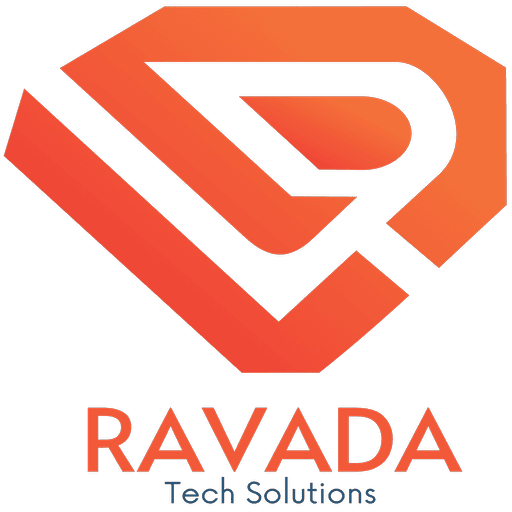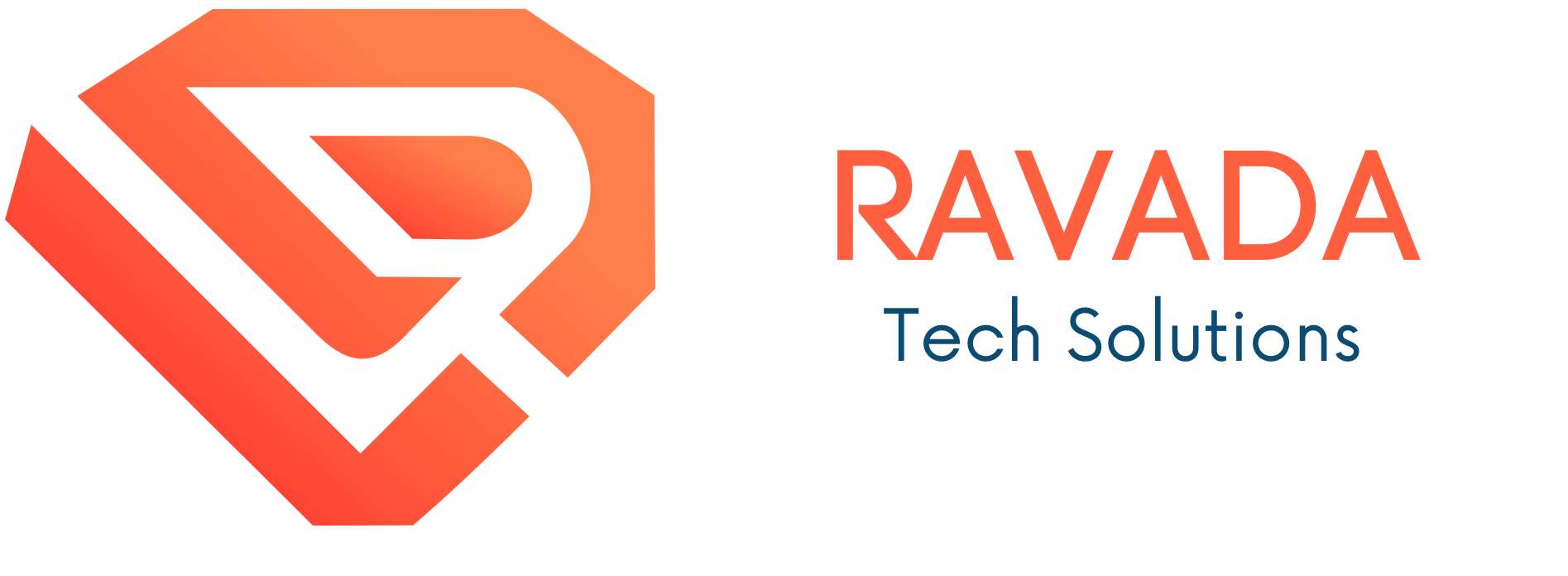10.Customization and Modernization of Business Process Software for a Supply Chain and Logistics entity
Technologies:
C,C++, ARM Cortex-M4 microcontroller
Industry:
Industry Automation
Type:
Development, Support
Client Overview
The client is a mid-sized supply chain and logistics enterprise operating in a highly competitive sector. Their operations cover warehousing, transportation, and distribution, involving a complex ecosystem with numerous stakeholders, including suppliers and carrier client customers. The client’s legacy business process software, designed on a monolithic architecture with outdated technologies, led to inefficiencies, inadequate real-time data visibility, and integration challenges with contemporary platforms. The objective was to modernize the software while ensuring seamless interoperability with the existing ecosystem and avoiding operational disruptions.
Objectives
- Modernization: Transition from a monolithic legacy system to a microservices-based architecture to enhance scalability, maintainability, and performance.
- Integration: RESTful APIs and middleware solutions enable seamless interoperability with existing ERP (SAP), CRM (Salesforce), and third-party logistics platforms.
- Customization: Develop specialized modules for route optimization, inventory tracking, and real-time analytics tailored to specific business requirements.
- Operational Continuity: Ensure zero downtime during migration and deployment phases.
- Future-Proofing: Implement a modular, extensible architecture to accommodate forthcoming technological advancements and evolving business needs.
Requirements
Functional Requirements:
- Real-time tracking of shipments and inventory utilizing IoT-enabled devices and GPS technology.
- Automated route optimization leveraging machine learning algorithms.
- Integration with SAP ERP for financial processes and Salesforce CRM for customer relationship management.
- Customizable analytics dashboards using business intelligence tools like Tableau or Power BI.
- Mobile-first responsive design to support field employees and external partners.
Non-Functional Requirements:
- High availability (99.9% SLA) and fault tolerance to ensure operational reliability.
- Horizontal scalability capable of handling peak loads during high-demand periods.
- End-to-end encryption and compliance with GDPR and CCPA for data protection.
- Low-latency performance for real-time data processing and clients.
Approach
Assessment and Planning:
- Conducted a comprehensive technical audit of the legacy system, encompassing codebase analysis, dependency mapping, and performance benchmarking.
- Identified critical bottlenecks, such as suboptimal query performance in the inventory module and the absence of real-time data synchronization.
- Collaborated with stakeholders to establish a phased implementation roadmap.
Phased Implementation:
- Phase 1: Modernization of the inventory management module with integration into SAP ERP.
- Phase 2: Development of the route optimization engine employing machine learning and integration with GPS and IoT devices.
- Phase 3: Migration of the entire system to a cloud infrastructure and activating real-time analytics capabilities.
Agile Development:
- Adopted Scrum methodology featuring two-week sprints for iterative delivery and continuous stakeholder feedback.
- Conducted daily stand-ups, sprint reviews, and retrospectives to ensure alignment with strategic business objectives.
Change Management:
- Delivered hands-on training sessions and detailed documentation for end-users to foster adoption.
- Established a dedicated support team to address inquiries and issues throughout and following the transition.
Development Process
Requirement Gathering:
- Facilitated workshops with stakeholders to develop user stories, process flow diagrams, and wireframes.
- Utilized tools like Jira and Confluence to track requirements and manage documents.
System Design:
- Architected a microservices-based architecture utilizing domain-driven design (DDD) principles.
- Implemented an event-driven architecture using Apache Kafka for real-time data streaming and processing.
- Developed RESTful APIs and GraphQL endpoints for seamless integration with external systems.
Development and Testing:
- Utilized Java (Spring Boot) for backend services and React.js for frontend development.
- Employed containerization using Docker and orchestration via Kubernetes to enhance scalability and portability.
- Conducted unit testing (JUnit), integration testing (Postman), and end-to-end testing (Selenium) to ensure quality assurance.
Data Migration:
- Engineered ETL (Extract, Transform, Load) pipelines utilizing Apache NiFi to facilitate data migration from Oracle to PostgreSQL.
- Ensured data integrity via checksum verification and reconciliation scripts.
Deployment:
- Implemented a blue-green deployment strategy on AWS to guarantee zero operational downtime.
- Established CI/CD (Continuous Integration/Continuous Deployment) pipelines using Jenkins and GitLab for streamlined builds and deployments.
- Monitored system performance and stability post-deployment to ensure operational excellence.
Strategies Employed to Achieve the Solution
- Modular Design: Employed a modular architecture to enhance code reusability and simplify maintenance processes.
- Agile Development: Utilized Agile methodologies to provide incremental firmware updates, allowing for iterative client feedback and validation.
- Risk Management: Proactively identified potential risks (e.g., resource constraints, security vulnerabilities) and executed mitigation strategies early in the project lifecycle.
- Compliance Focus: Ensured strict adherence to industry standards through comprehensive testing and meticulous documentation practices.
- Resource Optimization: Leveraged static code analysis tools (e.g., PC-Lint) and profiling tools (e.g., Percepio Tracealyzer) to optimize system performance and memory utilization.
Business Outcomes
- Product Launch: The new PLC was successfully launched within the predefined timeline, garnering favourable market reception.
- Increased Market Share: The firmware’s advanced functionality and reliability enabled the client to secure new contracts and broaden its customer base.
- Operational Efficiency: The modular design approach resulted in a 30% reduction in development time for subsequent firmware iterations.
- Enhanced Security: Deployment of secure boot mechanisms and over-the-air (OTA) update capabilities significantly mitigated cybersecurity risks, bolstering customer trust.
- Compliance: Attained certifications for IEC 61131-3 and IEC 62443, elevating the product’s market viability.
Technologies and Tools Used
- Programming Languages: C, C++
- Real-Time Operating System (RTOS): FreeRTOS
- Communication Protocols:
- Modbus (libmodbus)
- Ethernet/IP (custom implementation)
- MQTT (Eclipse Paho)
- Security Libraries:
- mbedTLS for cryptographic functions and secure boot
- Secure Hash Algorithms (SHA-256) for firmware integrity verification
- Development Tools:
- Integrated Development Environments (IDEs): Eclipse, VS Code
- Version Control Systems: Git/GitLab
- Testing Frameworks: Ceedling, Unity
- Static Code Analysis: PC-Lint
- Profiling Tools: Percepio Tracealyzer
- Hardware Platform: 32-bit ARM Cortex-M4 microcontroller
- Documentation Tools: Doxygen, Confluence
Conclusion
The firmware development initiative yielded a robust, scalable, and secure solution for the client’s next-generation PLC. The project fulfilled its objectives and delivered substantial business value by employing a methodical development process, leveraging cutting-edge technologies, and maintaining a rigorous compliance focus. The client is now strategically positioned to compete in the dynamic industrial automation sector with a product that adheres to the highest performance, reliability, and security standards.
Related Posts
Towards Excellence
Contact us to discover how you can maintain the best technological excellence with our solutions.

